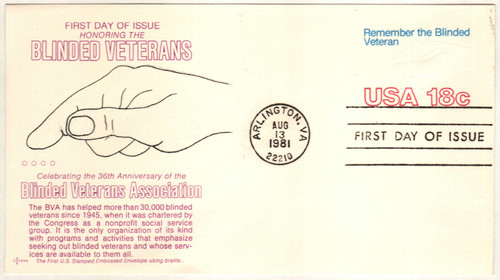
# U600 - 1981 18c Hand & Braille Stamped Envelope
Â
Louis Braille was born on January 4, 1809, in Coupvray, France. Braille invented the reading and writing system used by the visually impaired for nearly two centuries. As a child, Braille frequently played in his father’s leather workshop. One day when he was three, he was using an awl to pole holes in a piece of leather. He had his face close to the surface to watch what he was doing, but the awl slipped across the leather and struck him in the eye. A local doctor tended to the wound, but nothing could be done to save his eye. An infection then developed, which spread to his other eye. Braille was blind in both eyes by the time he was five. At first Braille didn’t realize he was blind – he frequently asked why it was so dark. Braille’s parents wanted him to have a normal childhood, and taught him how to find his way through the village with a cane. He was a bright child and a hard worker and was admitted to the Royal Institute for Blind Youth in Paris in 1819. The school was run by Valentin Haüy. Not blind himself, Haüy developed a system in which books were embossed with raised letters.  Braille and his fellow students found the system cumbersome, and it didn’t help them to write on their own. But it was a large step in the right direction, as it was an early example of using touch for sightless reading. Braille believed there could be a better system for reading and writing. He said, “Access to communication in the widest sense is access to knowledge, and that is vitally important for us if we [the blind] are not to go on being despised or patronized by condescending sighted people. We do not need pity, nor do we need to be reminded we are vulnerable. We must be treated as equals – and communication is the way this can be brought about.†Then in 1821, US Army Captain Charles Barbier visited Braille’s school. Barbier had developed a system of “night writing,†which was used by soldiers in the field, enabling them to read orders without the use of lights. His system used 12 dots that represented words. Braille was intrigued and developed his own system using just six dots by the time he was 15. His system uses up to six dots to represent letters and includes a system for punctuation and contractions. His original system included dashes, but he found the dashes harder to read. Braille’s system also used smaller cells, so letters could be felt with the touch of just one finger. Braille was also a talented musician, and he adapted his system for music, so it could be read for any instrument. He published his first book in 1829: Method of Writing Words, Music, and Plain Songs by Means of Dots, for Use by the Blind and Arranged for Them. Interestingly, the first printing of this book used Haüy’s raised letter method. Braille revised this book and rereleased it in 1837.  Other books he wrote included Little Synopsis of Arithmetic for Beginners(1838) and New Method for Representing by Dots the Form of Letters, Maps, Geometric Figures, Musical Symbols, etc., for Use by the Blind (1839). Braille also developed decapoint, a system that enabled the blind to write letters that could be read by sighted people. Braille served as a teacher’s aide at the Royal Institute for Blind Youth and was made a professor in 1833. He taught history, geometry, and algebra. While Braille was held in high regard, the school didn’t adopt his writing system during his lifetime. Many at the school rigidly stuck to Haüy’s system and opposed Braille’s. Braille had suffered health problems all his life and had to retire by the time he was 40. He died on January 6, 1852, just days after his 43rd birthday. After his death, Braille’s friends and students pushed for his system to be adopted by the institute. It finally was in 1854 and was quickly used throughout France. It spread throughout Europe in the years to come and was adopted by US schools in 1916. Braille’s system was eventually adapted for nearly every language in the world. Today, his birthday is celebrated as World Braille Day.Birth of Louis Braille
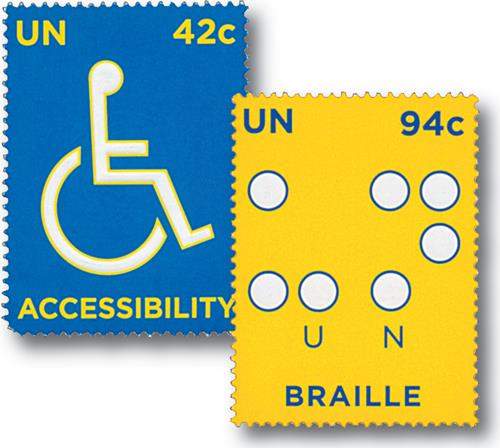


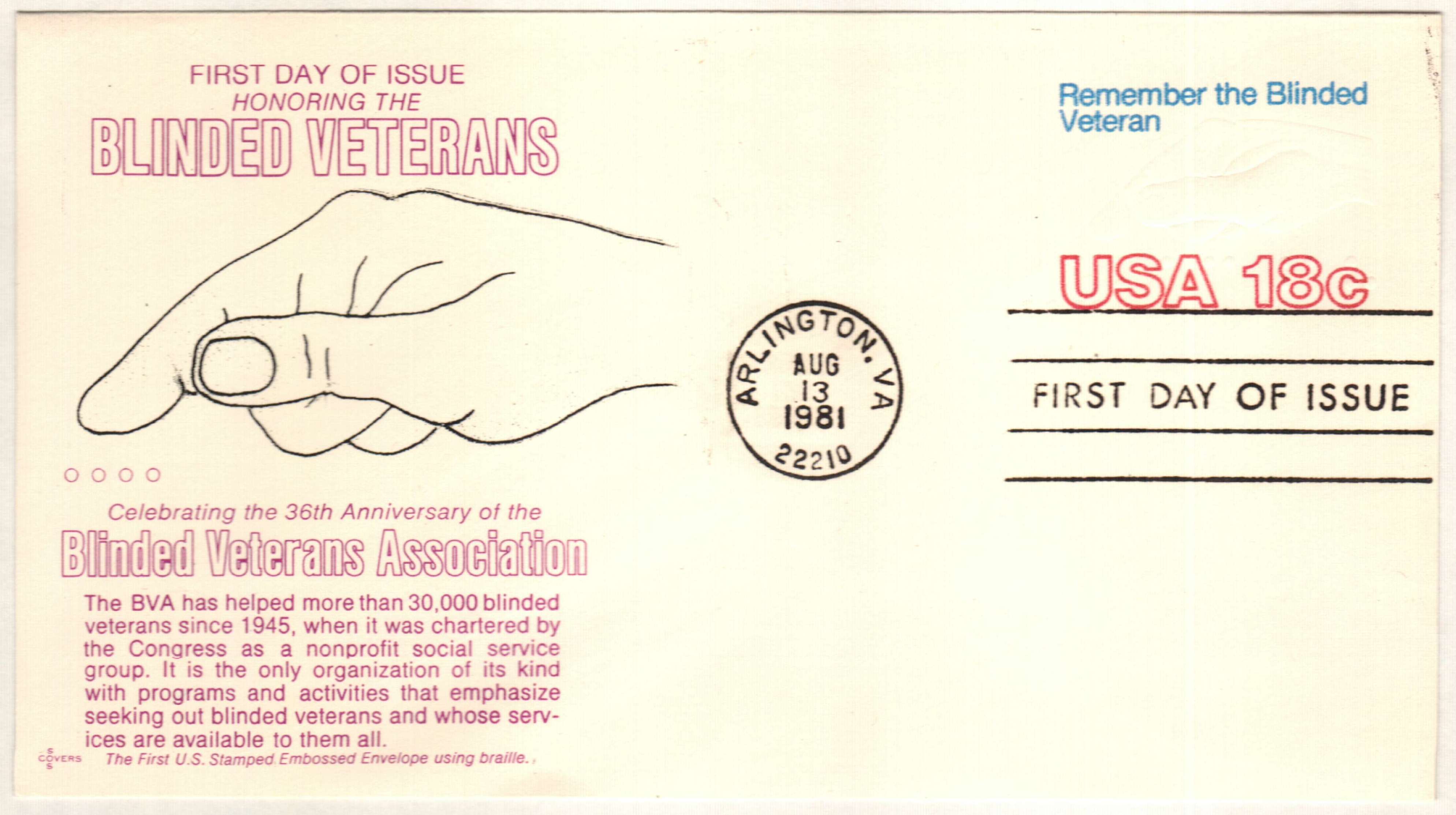
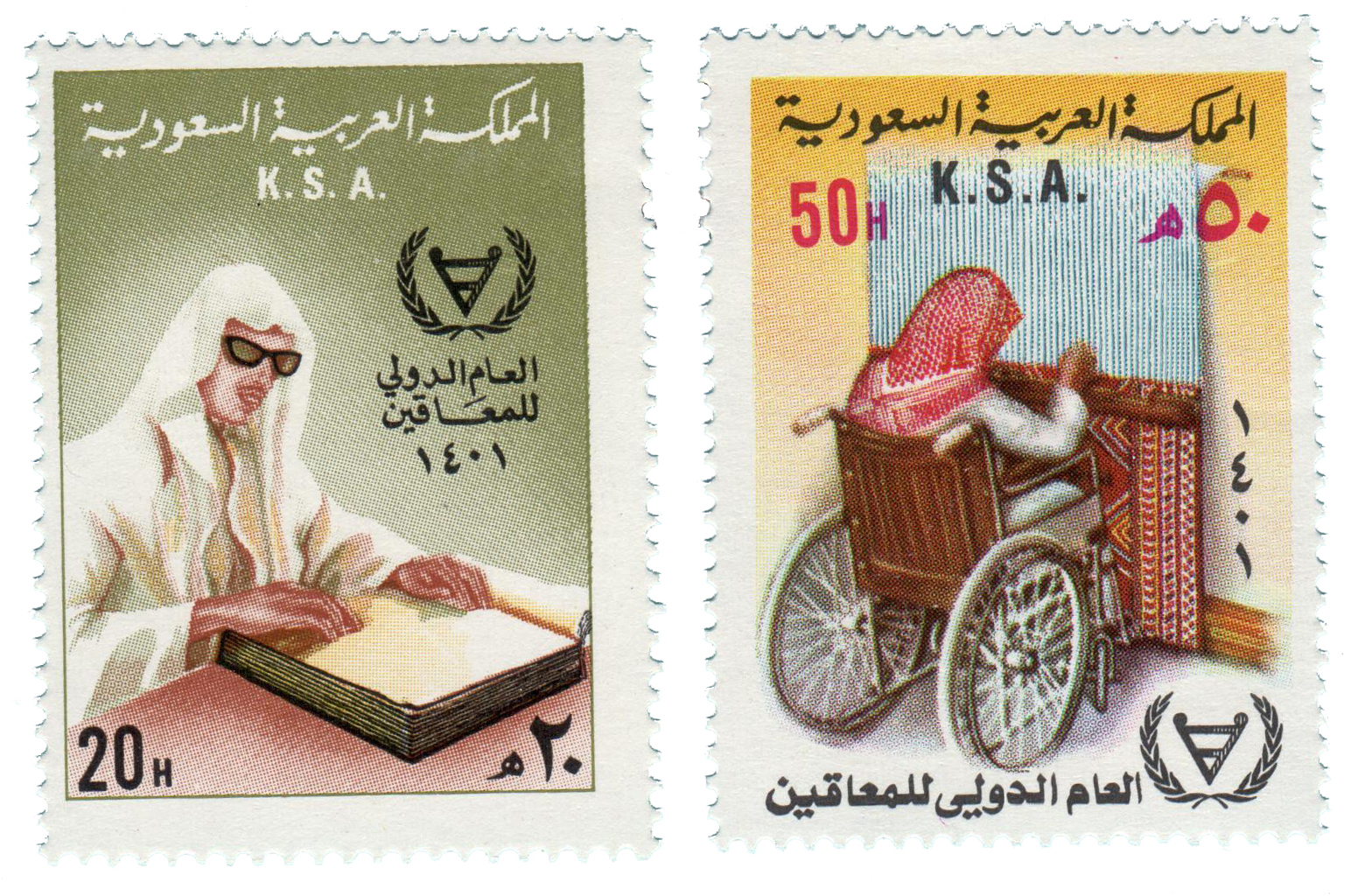
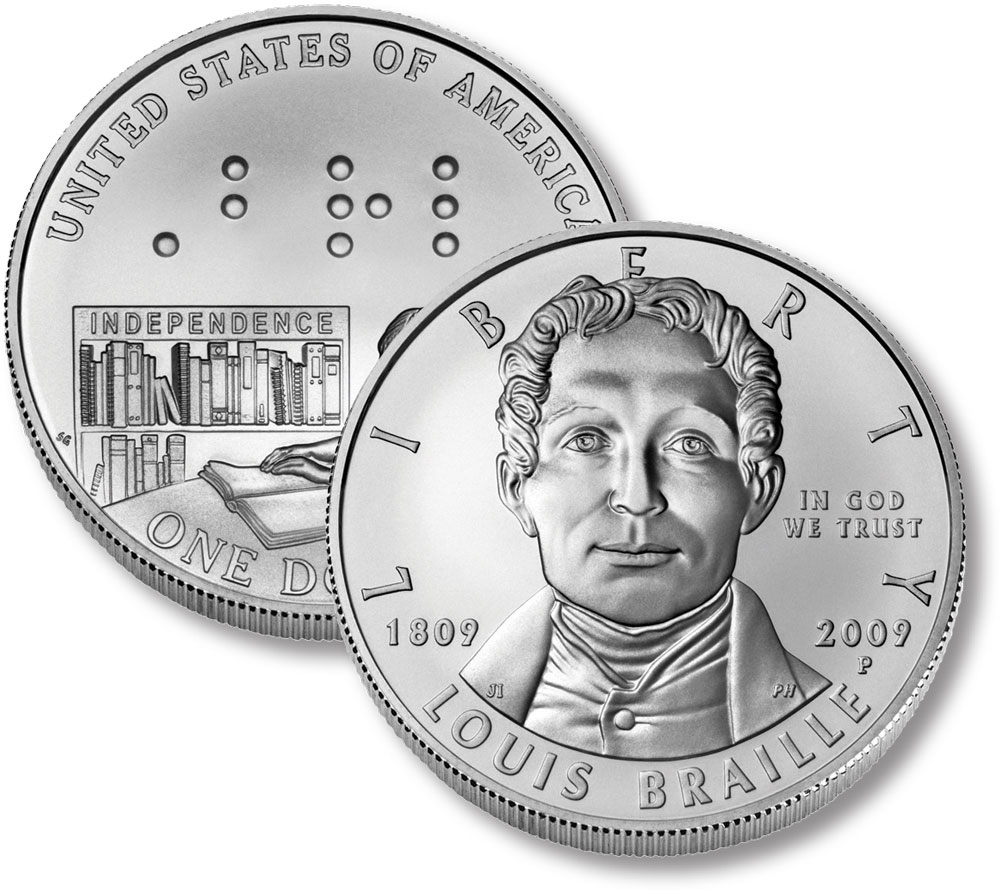
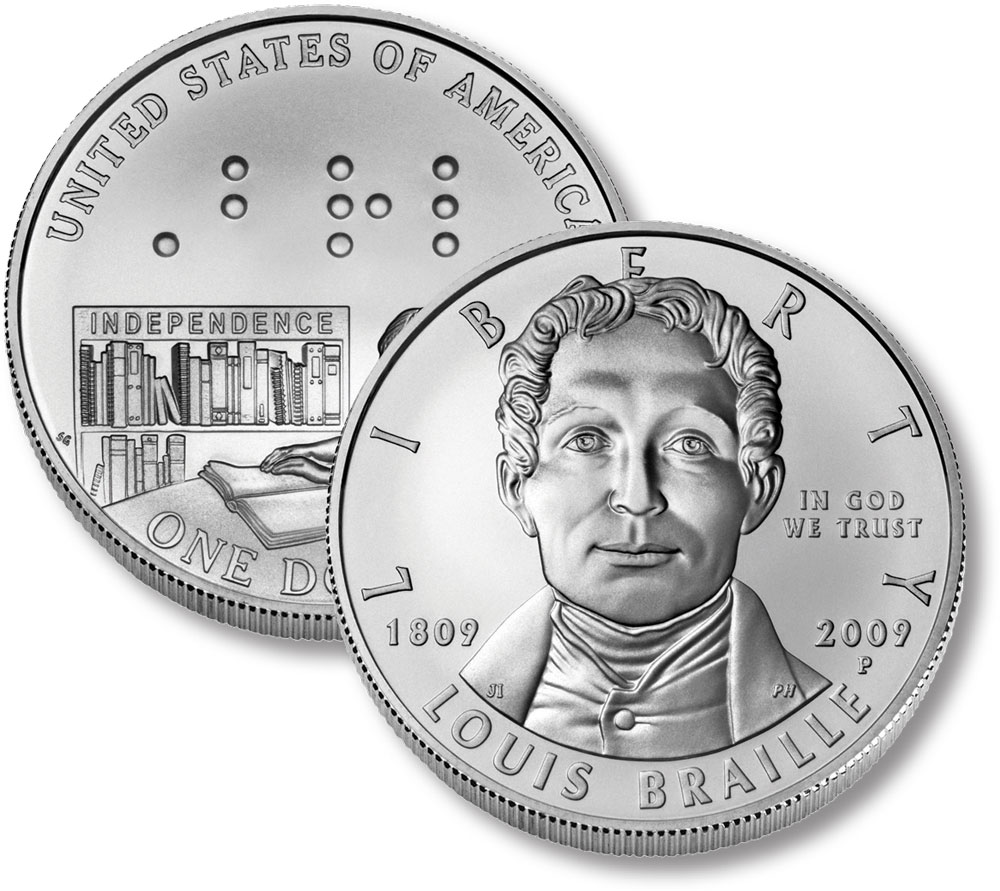
Â
Louis Braille was born on January 4, 1809, in Coupvray, France. Braille invented the reading and writing system used by the visually impaired for nearly two centuries. As a child, Braille frequently played in his father’s leather workshop. One day when he was three, he was using an awl to pole holes in a piece of leather. He had his face close to the surface to watch what he was doing, but the awl slipped across the leather and struck him in the eye. A local doctor tended to the wound, but nothing could be done to save his eye. An infection then developed, which spread to his other eye. Braille was blind in both eyes by the time he was five. At first Braille didn’t realize he was blind – he frequently asked why it was so dark. Braille’s parents wanted him to have a normal childhood, and taught him how to find his way through the village with a cane. He was a bright child and a hard worker and was admitted to the Royal Institute for Blind Youth in Paris in 1819. The school was run by Valentin Haüy. Not blind himself, Haüy developed a system in which books were embossed with raised letters.  Braille and his fellow students found the system cumbersome, and it didn’t help them to write on their own. But it was a large step in the right direction, as it was an early example of using touch for sightless reading. Braille believed there could be a better system for reading and writing. He said, “Access to communication in the widest sense is access to knowledge, and that is vitally important for us if we [the blind] are not to go on being despised or patronized by condescending sighted people. We do not need pity, nor do we need to be reminded we are vulnerable. We must be treated as equals – and communication is the way this can be brought about.†Then in 1821, US Army Captain Charles Barbier visited Braille’s school. Barbier had developed a system of “night writing,†which was used by soldiers in the field, enabling them to read orders without the use of lights. His system used 12 dots that represented words. Braille was intrigued and developed his own system using just six dots by the time he was 15. His system uses up to six dots to represent letters and includes a system for punctuation and contractions. His original system included dashes, but he found the dashes harder to read. Braille’s system also used smaller cells, so letters could be felt with the touch of just one finger. Braille was also a talented musician, and he adapted his system for music, so it could be read for any instrument. He published his first book in 1829: Method of Writing Words, Music, and Plain Songs by Means of Dots, for Use by the Blind and Arranged for Them. Interestingly, the first printing of this book used Haüy’s raised letter method. Braille revised this book and rereleased it in 1837.  Other books he wrote included Little Synopsis of Arithmetic for Beginners(1838) and New Method for Representing by Dots the Form of Letters, Maps, Geometric Figures, Musical Symbols, etc., for Use by the Blind (1839). Braille also developed decapoint, a system that enabled the blind to write letters that could be read by sighted people. Braille served as a teacher’s aide at the Royal Institute for Blind Youth and was made a professor in 1833. He taught history, geometry, and algebra. While Braille was held in high regard, the school didn’t adopt his writing system during his lifetime. Many at the school rigidly stuck to Haüy’s system and opposed Braille’s. Braille had suffered health problems all his life and had to retire by the time he was 40. He died on January 6, 1852, just days after his 43rd birthday. After his death, Braille’s friends and students pushed for his system to be adopted by the institute. It finally was in 1854 and was quickly used throughout France. It spread throughout Europe in the years to come and was adopted by US schools in 1916. Braille’s system was eventually adapted for nearly every language in the world. Today, his birthday is celebrated as World Braille Day.Birth of Louis Braille








